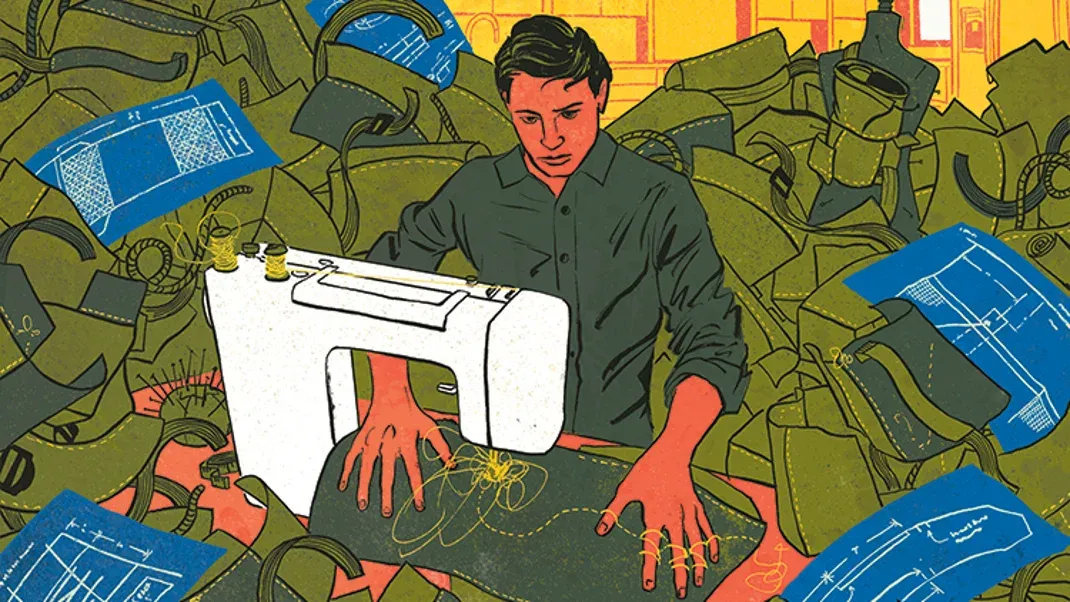Ultralight Done Right: What is Ultralight?
Ultralight Done Right is a philosophy and approach to outdoor activities that focuses on achieving a minimalistic and efficient gear setup for backpacking, hiking, and other outdoor adventures. Ultralight refers to the practice of carrying the lightest and most compact gear possible, without sacrificing safety or comfort. This approach prioritizes weight reduction and simplicity, allowing hikers and backpackers to cover more ground with less effort. Ultralight Done Right emphasizes the importance of thoughtful gear selection, smart packing techniques, and a mindset that values function over unnecessary luxury. This approach enables outdoor enthusiasts to enjoy the wilderness with a lighter pack and a greater sense of freedom.

Ultralight Done Right is a concept that has gained popularity in recent years as more and more outdoor enthusiasts seek to lighten their load and increase their mobility in the backcountry. But what exactly is ultralight, and how can it be done right?
At its core, ultralight is a philosophy that emphasizes minimalism and efficiency in outdoor gear and equipment. It is the idea that by carrying less weight, one can move more quickly and comfortably through the wilderness, allowing for longer distances and more enjoyable experiences. This concept has led to the development of a wide range of ultralight products, from backpacks and tents to sleeping bags and cookware, all designed to be as lightweight and compact as possible without sacrificing functionality or durability.
However, the term "ultralight" can be somewhat misleading, as it is not simply about reducing the weight of gear for the sake of it. Instead, it is about making thoughtful, informed choices about what is truly necessary for a particular adventure, and then selecting the lightest, most efficient equipment to meet those needs. This requires a careful balance between weight, comfort, and safety, and it is this balance that defines what it means to do ultralight right.
One of the key principles of ultralight done right is the idea of "multi-use" equipment. This means selecting gear that can serve multiple purposes, thus reducing the overall weight of one's pack. For example, a lightweight tarp can be used as a shelter, a ground cloth, or even a makeshift poncho in a pinch. Similarly, a stove that can also function as a windscreen or a pot stand can save weight and space in a backpack. By thinking creatively about the potential uses of each piece of gear, ultralight enthusiasts can significantly reduce the number of items they need to carry, without sacrificing functionality.
Another important aspect of ultralight done right is the concept of "layering" one's gear. This means carrying a few versatile, lightweight items that can be combined in different ways to meet a variety of needs. For example, a lightweight down jacket can be worn alone in mild weather, or layered over a fleece and a base layer for warmth in colder conditions. This approach allows for greater flexibility and adaptability in the backcountry, without the need to carry multiple specialized items for every possible scenario.
In addition to multi-use and layering, ultralight done right also emphasizes the importance of careful planning and preparation. This means thoroughly researching the route and conditions of a trip, and then selecting gear that is appropriate for those specific circumstances. For example, a summer backpacking trip in the desert will require very different gear than a winter mountaineering expedition in the alpine. By carefully considering the expected weather, terrain, and duration of a trip, ultralight enthusiasts can ensure that they have everything they need, and nothing they don't.
Of course, one of the most important considerations in ultralight done right is safety. While it is tempting to cut weight wherever possible, it is crucial to ensure that essential safety items are not sacrificed in the process. This includes carrying appropriate clothing and shelter for the expected conditions, as well as essential items like a first aid kit, navigation tools, and emergency communication devices. It is also important to be realistic about one's own abilities and limitations, and to carry the necessary gear to stay safe and comfortable in the event of unforeseen circumstances.
Ultimately, ultralight done right is about finding the balance between weight, comfort, and safety, and making thoughtful, informed choices about the gear that is truly necessary for a given adventure. It is not about simply cutting weight for the sake of it, but rather about being intentional and purposeful in the selection and use of gear. By following these principles, outdoor enthusiasts can enjoy the freedom and mobility that comes with a lighter pack, without sacrificing the functionality and security they need to thrive in the backcountry.



